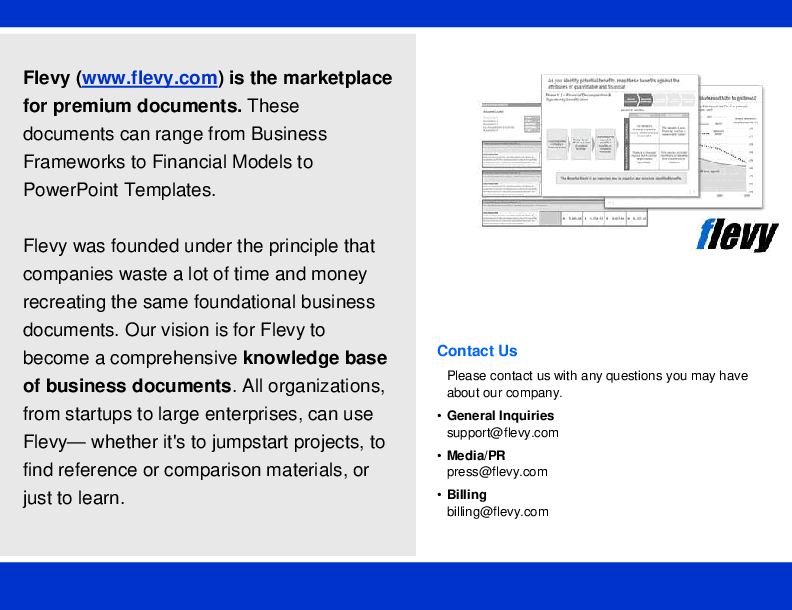TPM: 7 Steps of Autonomous Maintenance (Jishu Hozen) Poster (PDF)
PDF document + PowerPoint (PPTX) 3 Pages
BENEFITS OF THIS PDF DOCUMENT
- Provides a summary of the Autonomous Maintenance (Jishu Hozen) pillar activities.
- Serves as a supplementary tool for your TPM or Autonomous Maintenance (Jishu Hozen) workshop session.
- Print the poster in A3/A4 size right out from your office copier machine.
JISHU HOZEN PDF DESCRIPTION
Autonomous Maintenance (Jishu Hozen) is one of the most important building blocks in any Total Productive Maintenance (TPM) program. Autonomous Maintenance, or Jishu Hozen in Japanese, refers to TPM activities that involve operators in maintaining their own equipment, independent of the maintenance department.
One of the basic principles of TPM is that operators are the first line of defense against unplanned equipment downtime. Operators and others in daily contact with equipment can use their knowledge and familiarity with operating conditions to predict and prevent breakdowns and other equipment-related losses. They do this through regular cleaning and inspection of equipment, and through team-based autonomous. maintenance activities that tackle equipment-related problems.
Activities in an Autonomous Maintenance program include: daily inspections, lubrication, parts replacement, simple repairs, abnormality detection and precision checks.
The goals of the Autonomous Maintenance program are to prevent equipment deterioration, restore equipment to its ideal state, and establish basic conditions needed to keep equipment well maintained.
The Seven Steps of Autonomous Maintenance (Jishu Hozen) Poster highlights the key activities of Autonomous Maintenance.
The poster is available in two distinct themes: a vibrant color scheme and a professional monochrome version. In both formats, the poster comes in a convenient PDF as well as an editable PPTX format, enabling effortless printing on A3/A4-sized paper from standard office copier machines. This versatile resource can be prominently displayed on employee workstations or distributed alongside your training materials.
Furthermore, the poster is an ideal supplement to TPM-related training presentations. It serves as a valuable takeaway, summarizing the core principles of Autonomous Maintenance and reinforcing the key takeaways from your training.
Based on the JIPM* standard, the Seven Steps of the Autonomous Maintenance (Jishu Hozen) pillar include:
Step 1 – Clean and Inspect
Step 2 – Eliminate Problem Sources & Inaccessible Areas
Step 3 – Draw Up Cleaning & Lubricating Standards
Step 4 – Conduct General Inspections
Step 5 – Conduct Autonomous Inspections
Step 6 – Standardize through Visual Workplace Management
Step 7 – Implement Autonomous Equipment Management
*Note: The Japan Institute of Plant Maintenance (JIPM) is a nonprofit research, consulting, and educational organization that helps companies increase organizational efficiency and profitability through improved maintenance of manufacturing equipment, processes, and facilities. The JIPM is the sponsoring organization for the TPM Excellence Award, awarded annually to recognize excellence in company-wide maintenance systems. Based in Japan, JIPM is the innovator of methodologies that have been implemented around the world.
Got a question about the product? Email us at support@flevy.com or ask the author directly by using the "Ask the Author a Question" form. If you cannot view the preview above this document description, go here to view the large preview instead.
Source: Best Practices in Jishu Hozen PDF: TPM: 7 Steps of Autonomous Maintenance (Jishu Hozen) Poster PDF (PDF) Document, Operational Excellence Consulting



